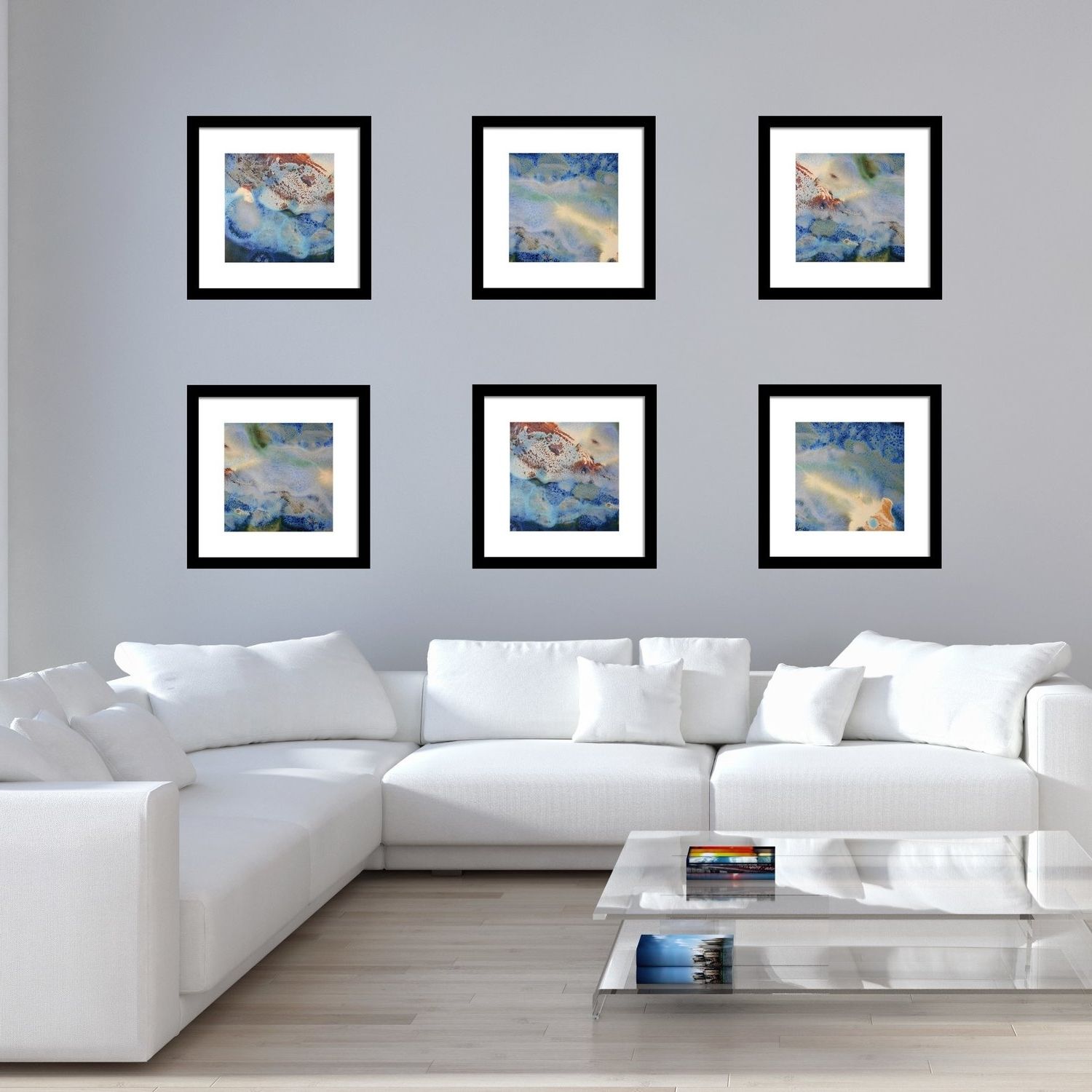

He sought to educate, collaborate and investigate, eager to utilise the reach and power of design without succumbing to its consumer-driven instincts. Rather than abandoning the field, however, he opted to use it to convey new ideas and explore different ways of connecting with people. The more he learned and made and the more he interacted with his fellow students, the more critical he became of industrial design. Papanek took up his studies again, this time at Taliesin West, Frank Lloyd Wright’s school in the Arizona desert. He experimented, creating interiors and furnishings, and even set up his own studio in 1946, which never really got off the ground. He enrolled at the Cooper Union where he studied architectural design, hoping for a career as an industrial designer. He arrived in New York in 1939 at the age of 15, having fled Nazi persecution in Europe. There’s little doubt that Papanek’s early life helped shape his career. “It had enormous influence in terms of foregrounding design as a political activity that can include or exclude specific groups.” “Papanek’s approach became shorthand for a socially responsible attitude to design, as well as a challenge to western assumptions regarding the role of design in every-day lives,” she says. Papanek, Gallery of Living Arts, Corona Del Mar, CA, entrance lobby design for exhibition space, 1949-52.Īlison Clarke, professor of Design History, and Director of the Papanek Foundation, University of Applied Arts Vienna, believes his design philosophy is more timely than ever. The Vitra Design Museum’s current retrospective is the first time that his work has been exhibited so exten sively, and includes manuscripts, objects and drawings that have never been shown in public before. “The only important thing about design is how it relates to people,” he said. Papanek’s take on design was always democratic it was a conduit for him to tackle world issues and a means of exploring methods of sustainability and equality through radical yet deeply practical ideas. Today, two decades after his death, as consumerism runs riot, the gap between rich and poor continues to grow and the world is gripped by social and environmental uncertainty, the words of this Austrian-born designer, activist and educator seem more relevant than ever. At the heart of his text, and indeed his practice, is a commitment to use design as a platform to improve people’s lives. Papanek filming the WNED-TV Channel 17 programme Design Dimensions in Buffalo, NY, 1961- 63Ī s Victor Papanek was writing Designs for the Real World in 1971, he had no idea it would become one of the most widely read books on design ever published. We are therefore very curious about feedback.A focus on people rather than aesthetics set the Vienna-born designer against most of his peers, but his radical ideas are increasingly finding favour today Victor J. We are still working on the website and are continuing to build on technical components and content. The Mondriaan Route was created in collaboration with the Kunstmuseum Den Haag and the RKD - Netherlands Institute for Art History. Previously, they developed Van Gogh Route. It is the second project that the foundation itself has initiated.

The Gifted Art Foundation is a Dutch foundation that supports cultural projects in the field of 19th and 20th century Dutch art and aims to bring art closer to the public: the Mondriaan Route propagates this. The website was developed by the Gifted Art Foundation. Discover how he traveled to the countryside to paint landscapes, how the Zeeland light and Brabant farms inspired him, how he was interested in music and dancing, which friends he made and which places he liked to visit.Ībout the Gifted Art Foundation's mission With the help of historical material and walking or cycling routes you can now literally follow in the footsteps of Mondrian. Museum of Living Art Please enable javascript in order to view this website.


 0 kommentar(er)
0 kommentar(er)
